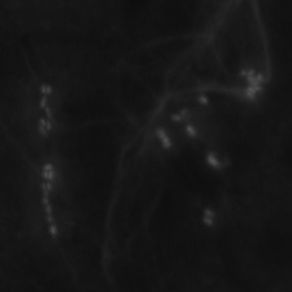Microbiology Near Interfaces

We use microfabrication and microscopy to investigate how bacteria move on, interact with, and adhere to interfaces (solid surfaces and fluid-fluid interfaces). We are working with Megan Robertson (UH ChBE) to prepare polymer substrates that modify bacterial motility and adhesion and with Patrick Cirino (UH ChBE) to engineer bacterial motility. We have collaborated externally with Arezoo Ardekani (Purdue), Douglas Bartlett (UCSD/Scripps), and Roseanne Ford (Virginia) to understand the role of motility on biodegradation.
Applications of this work include medical diagnostics, antifouling materials, and bioremediation.




